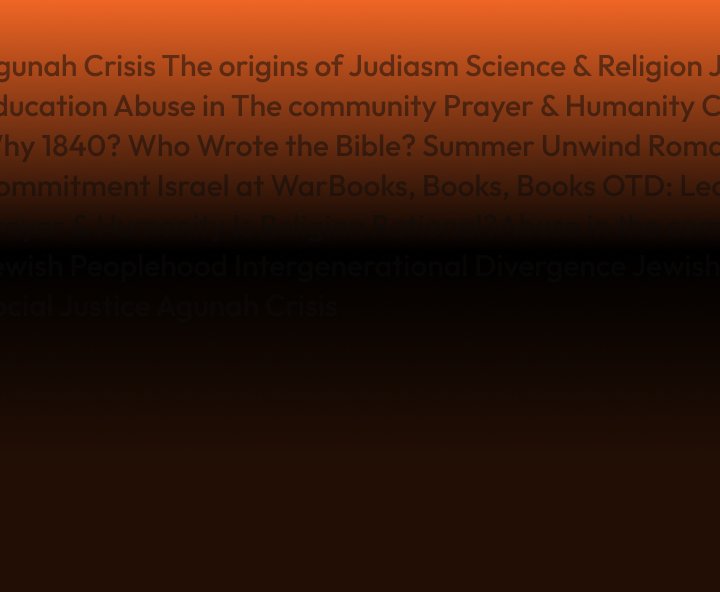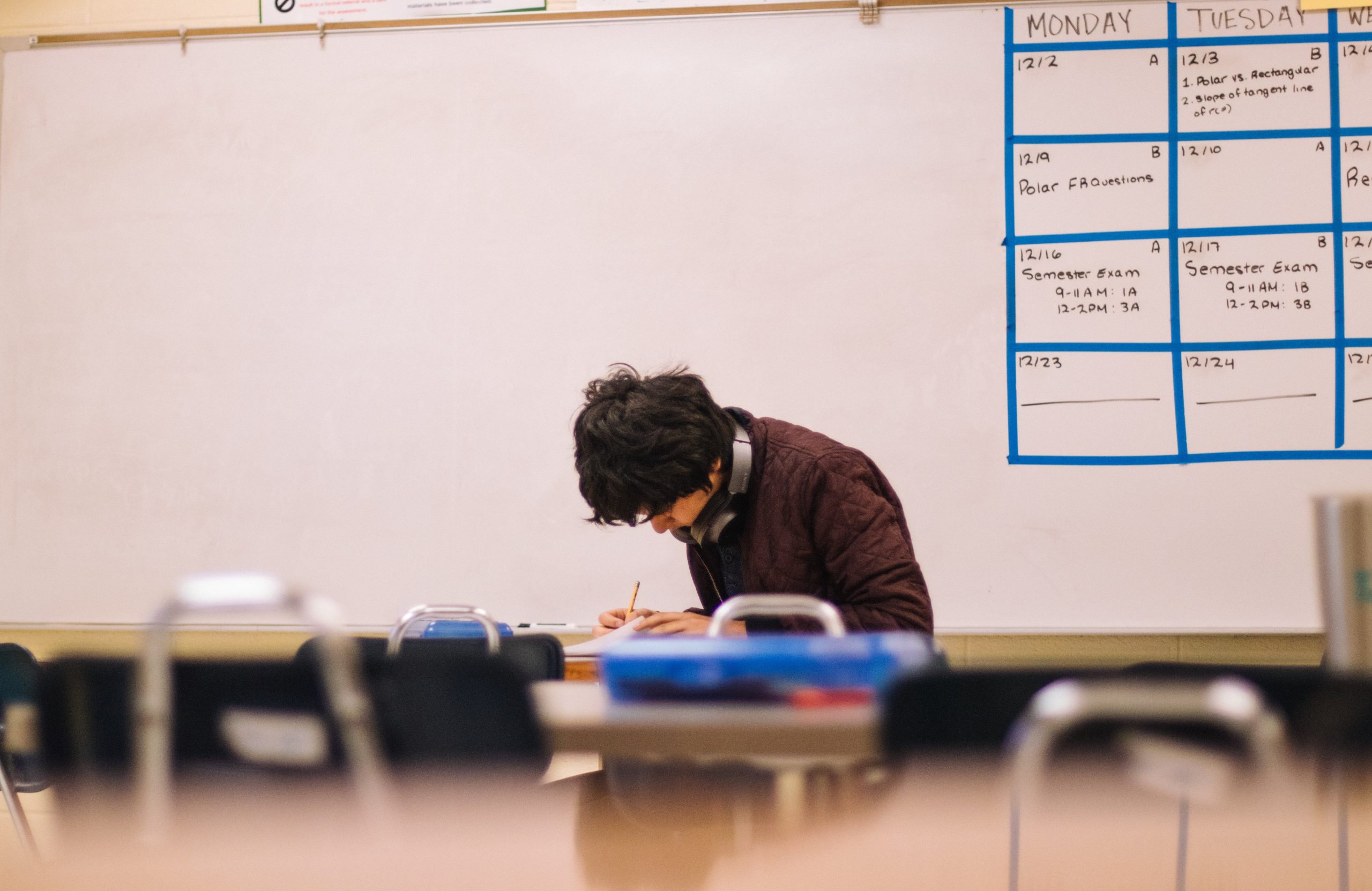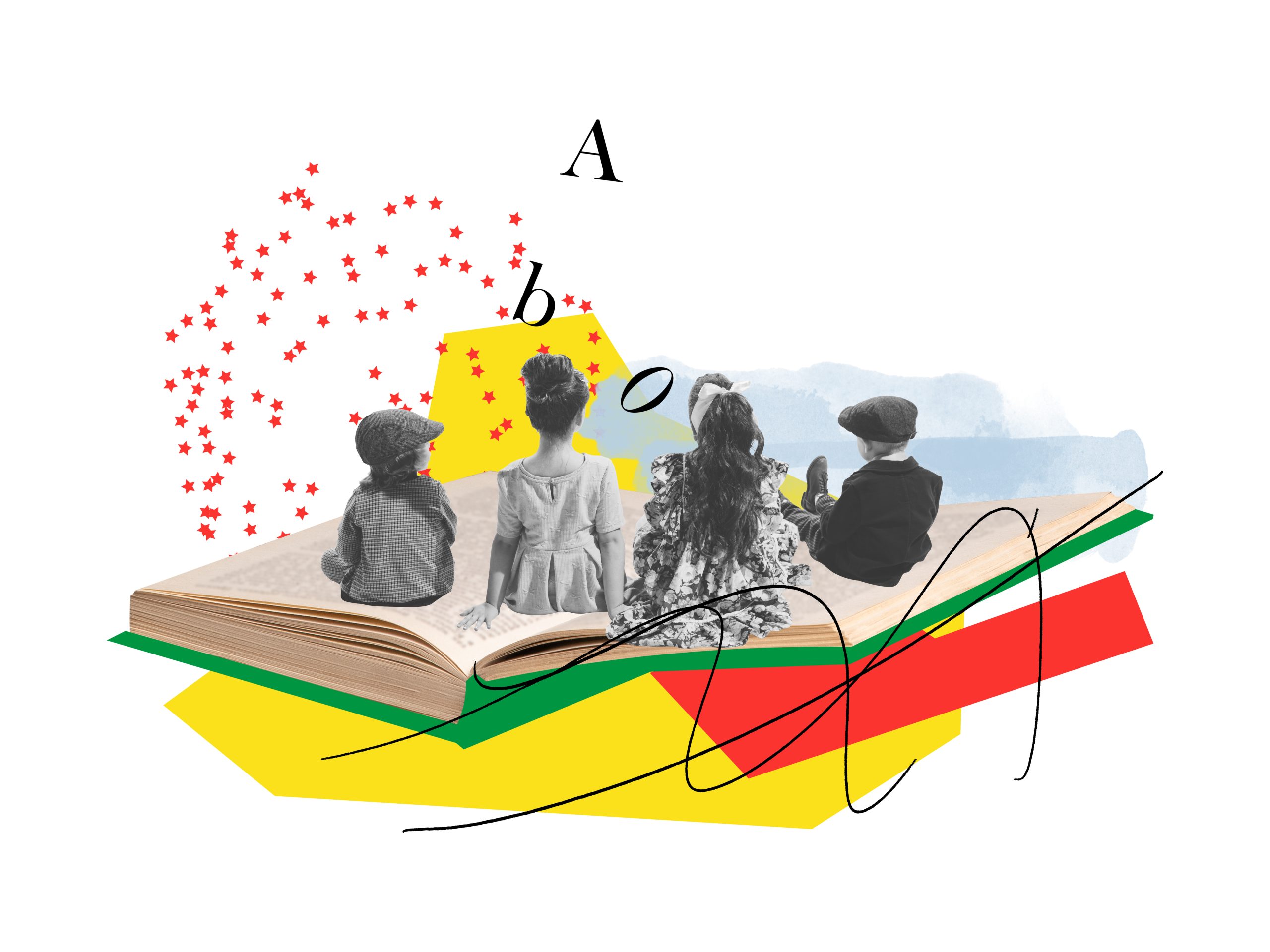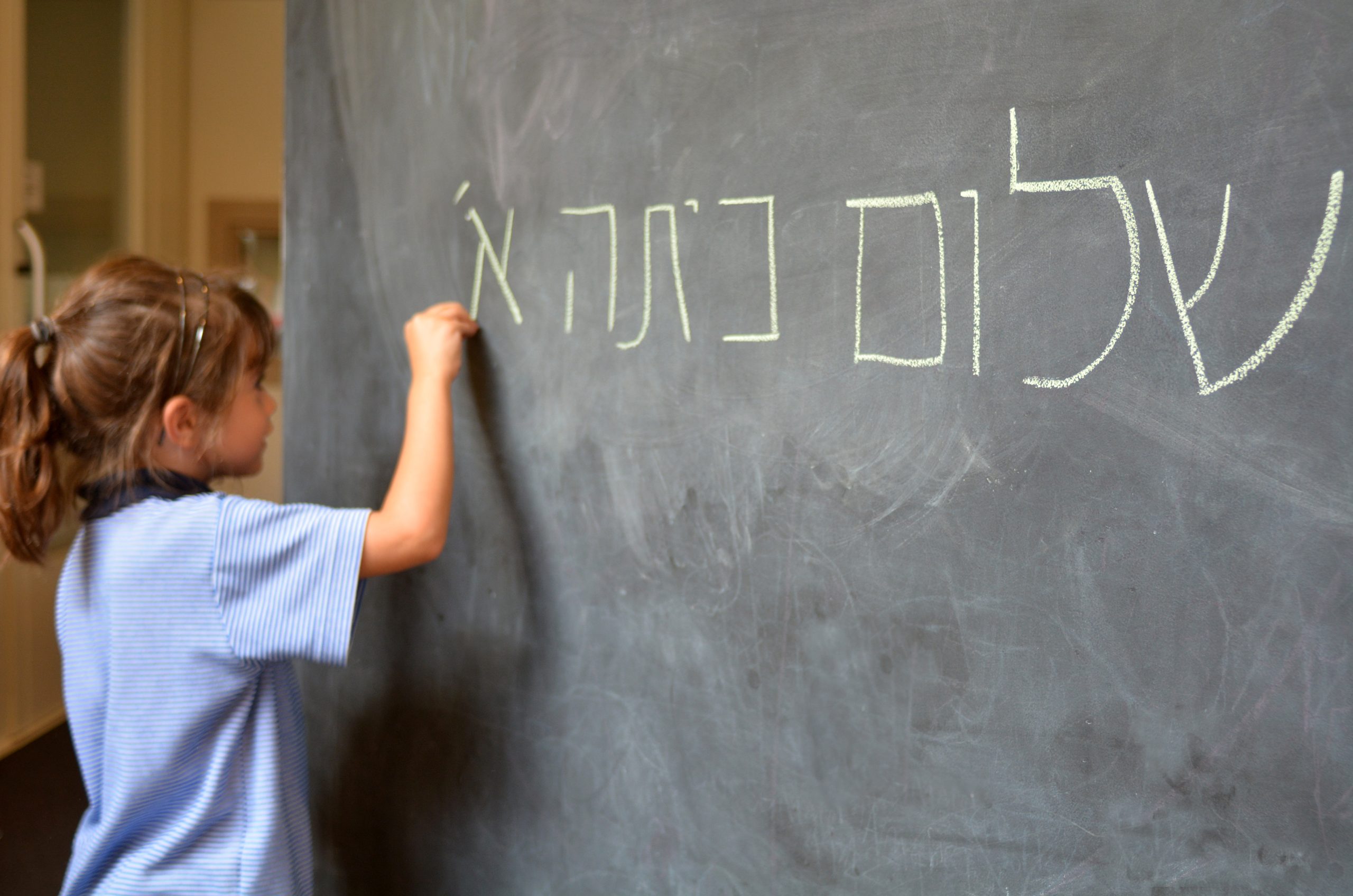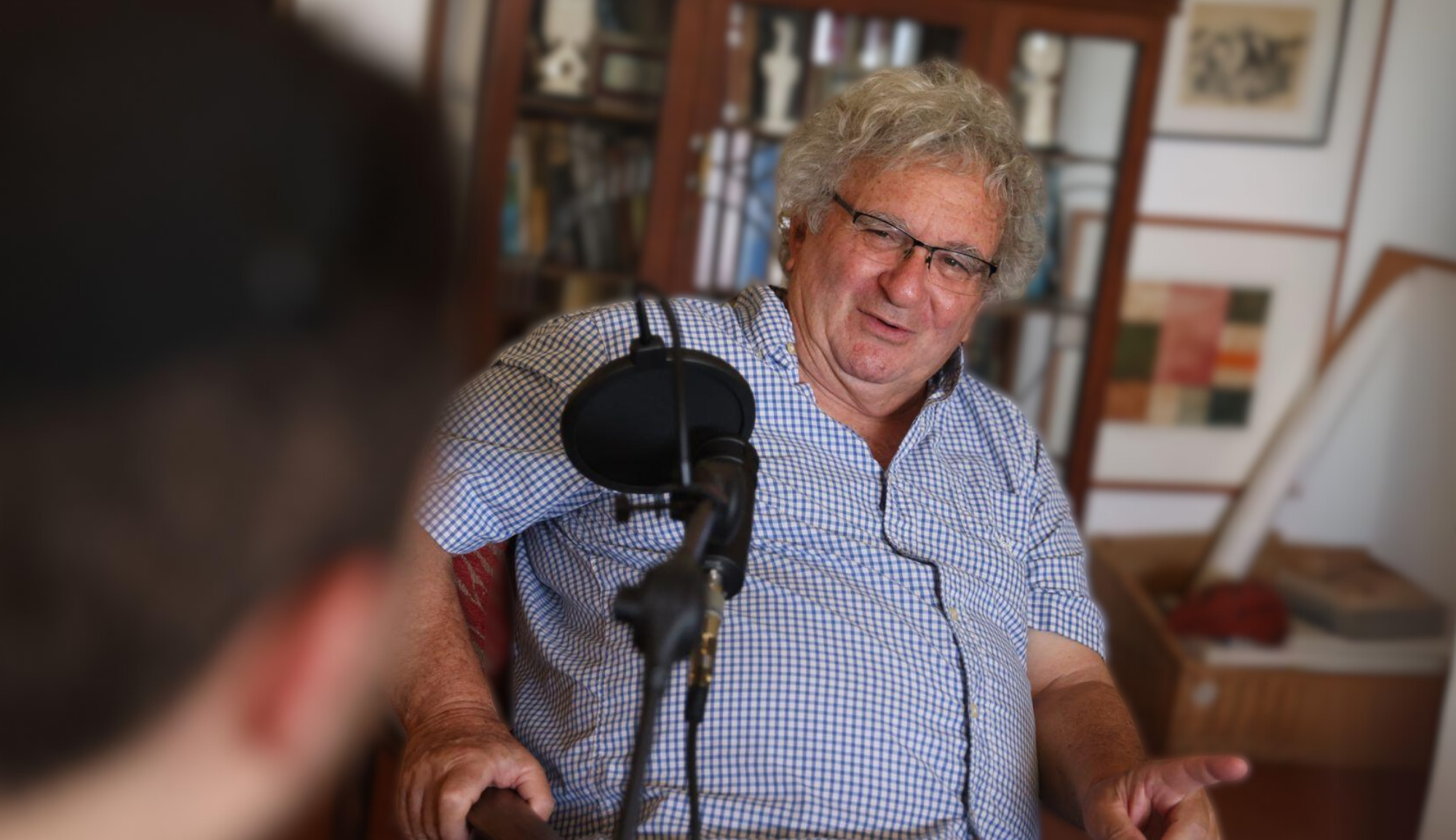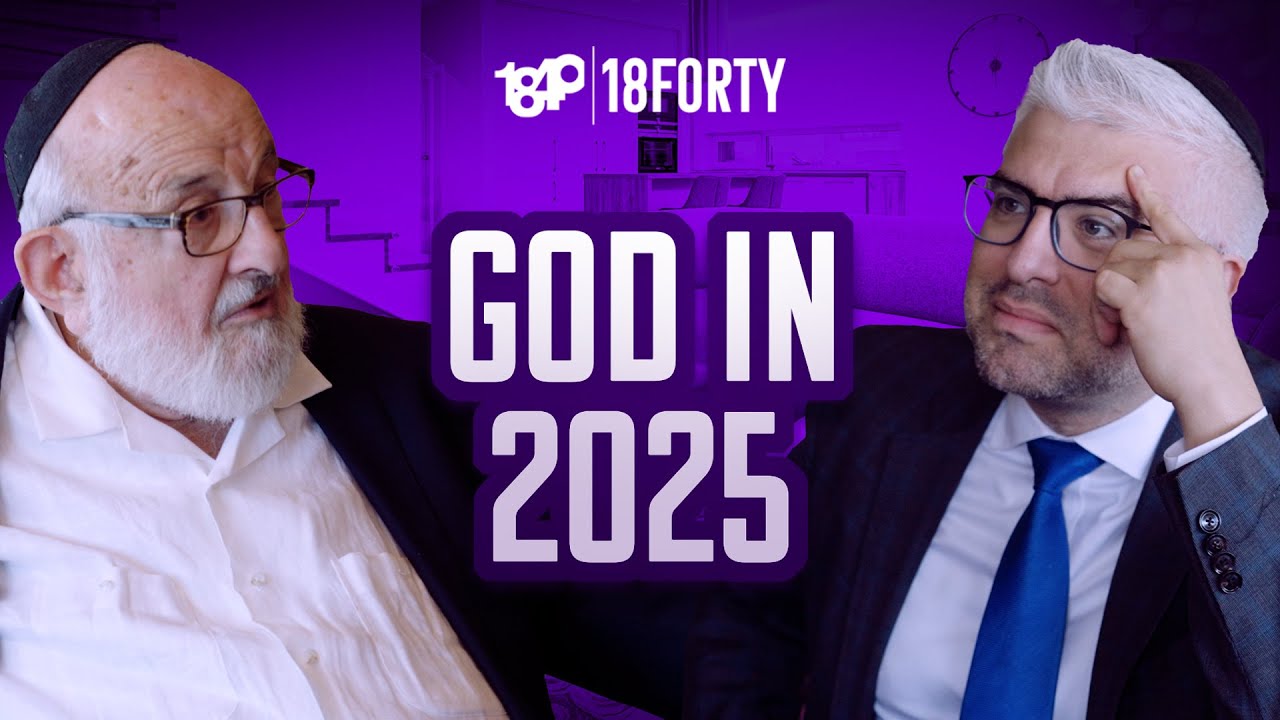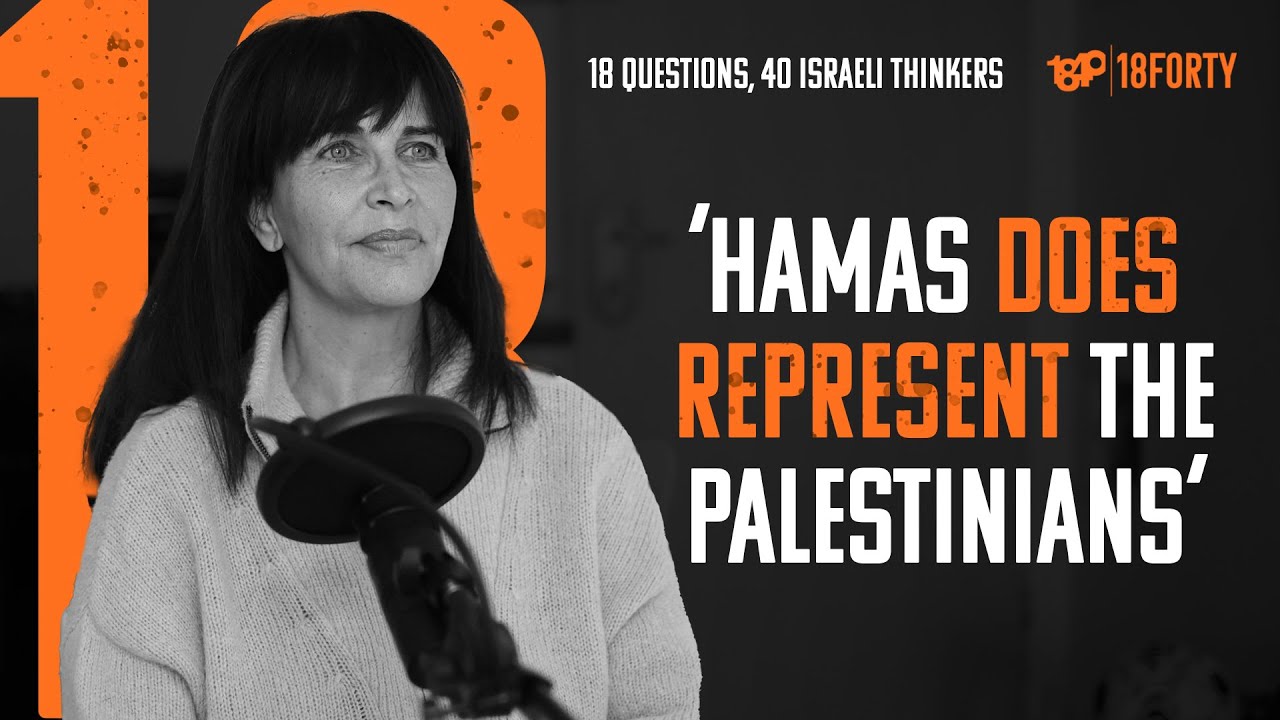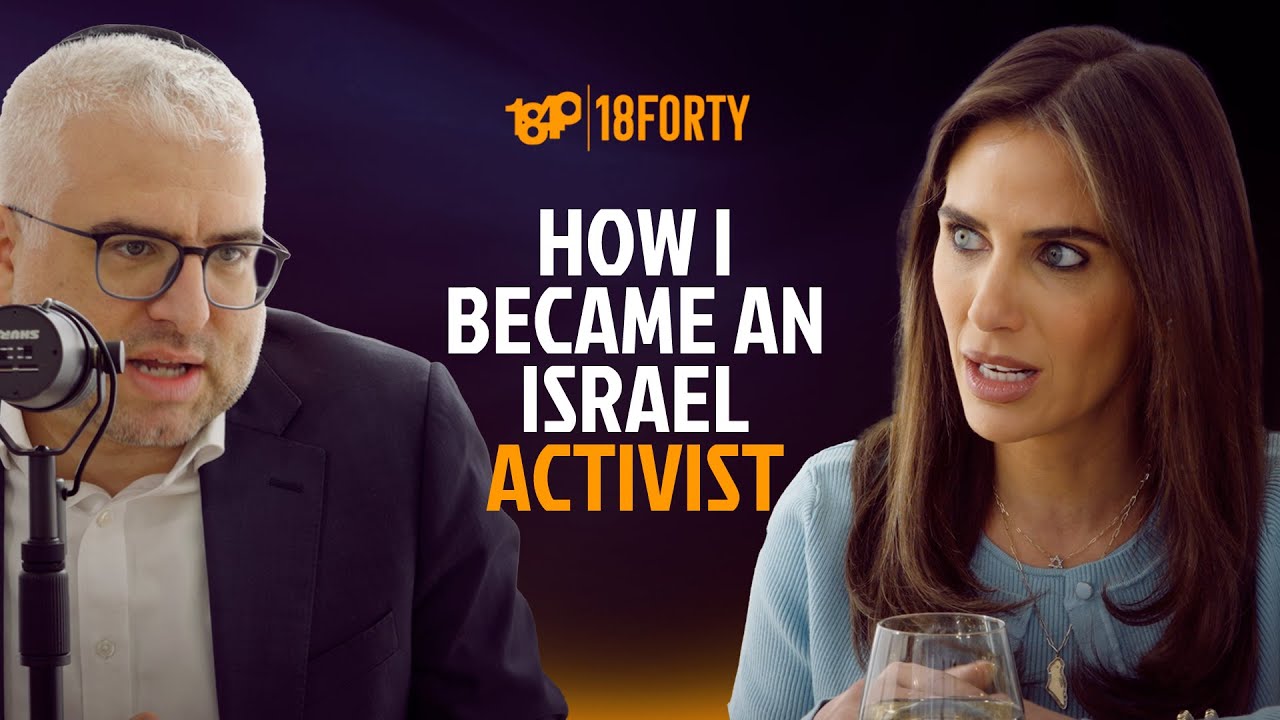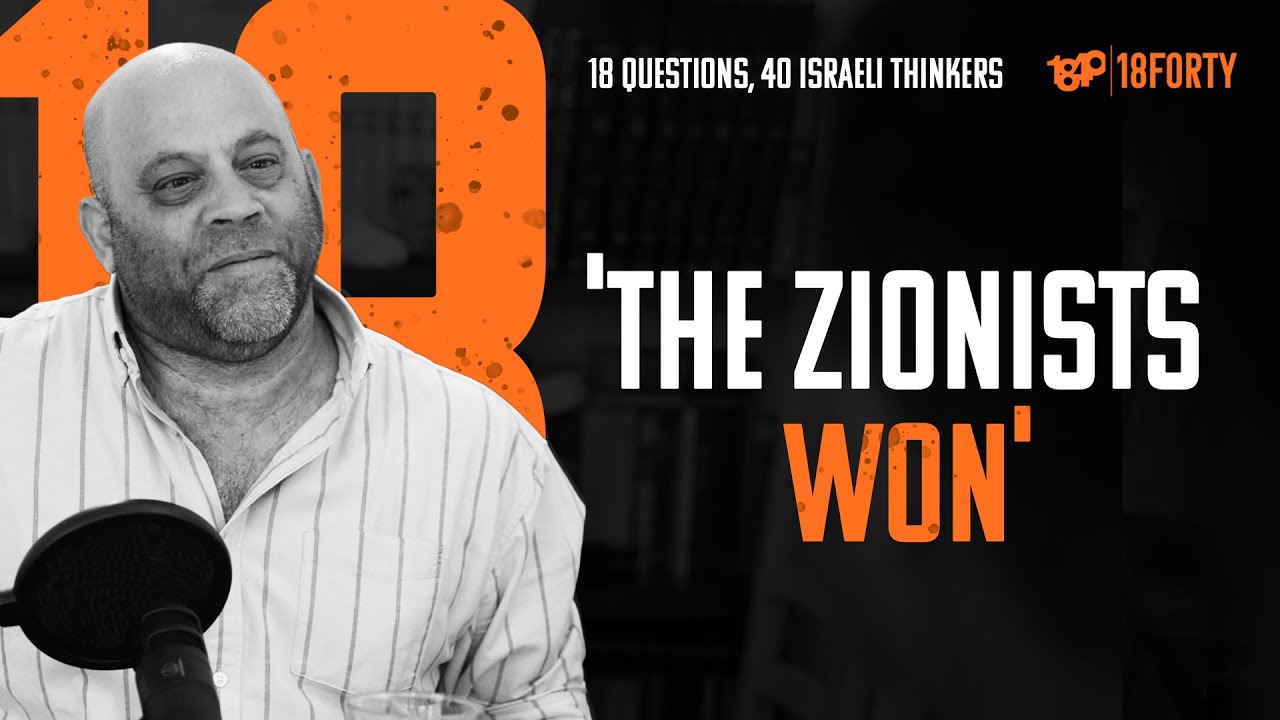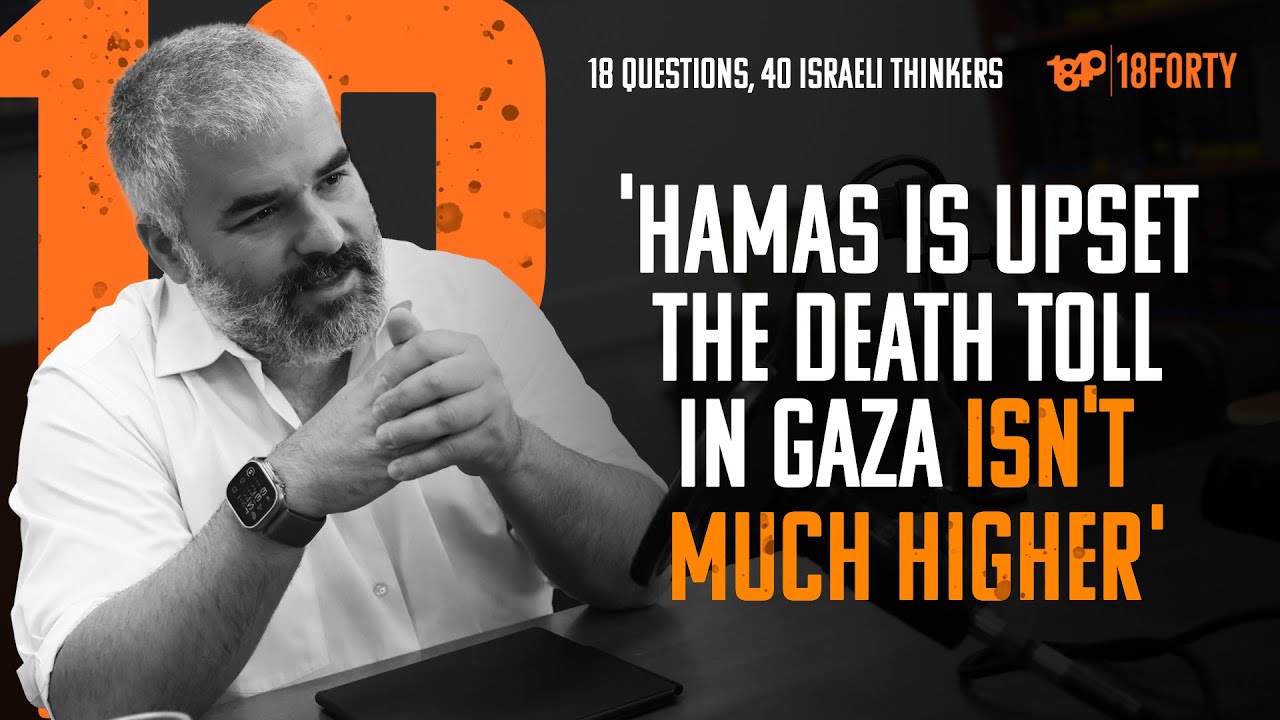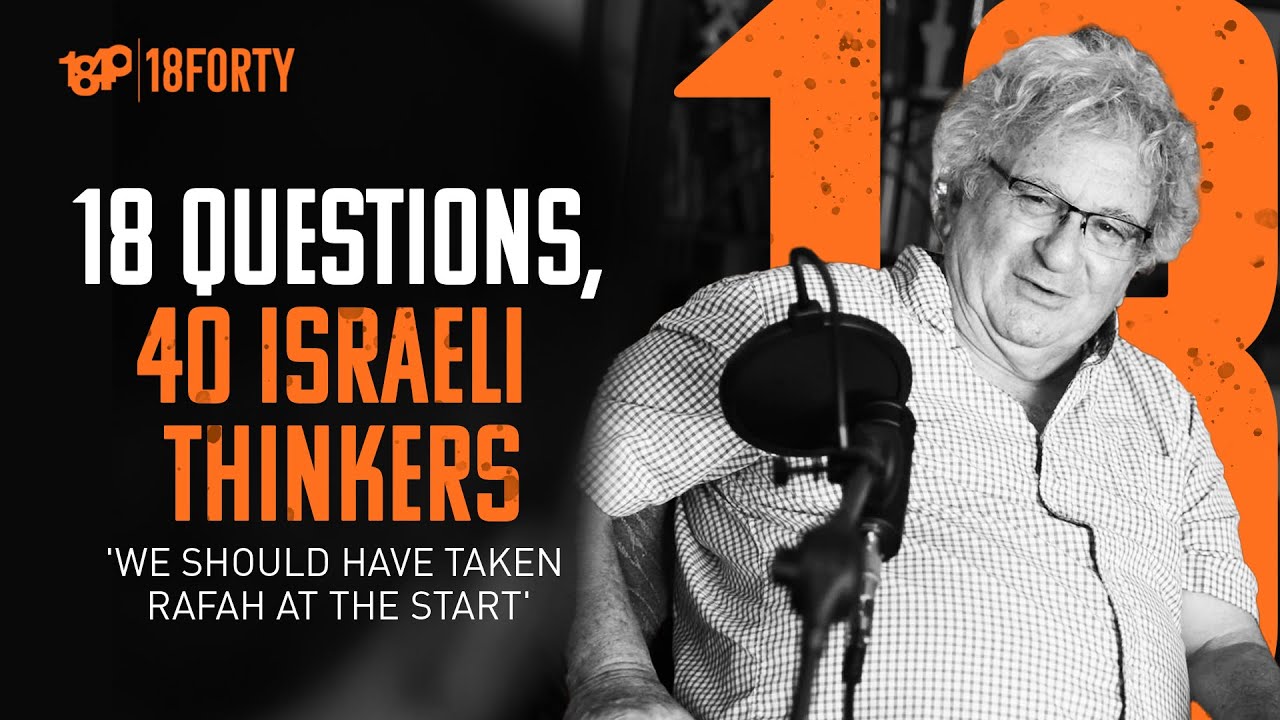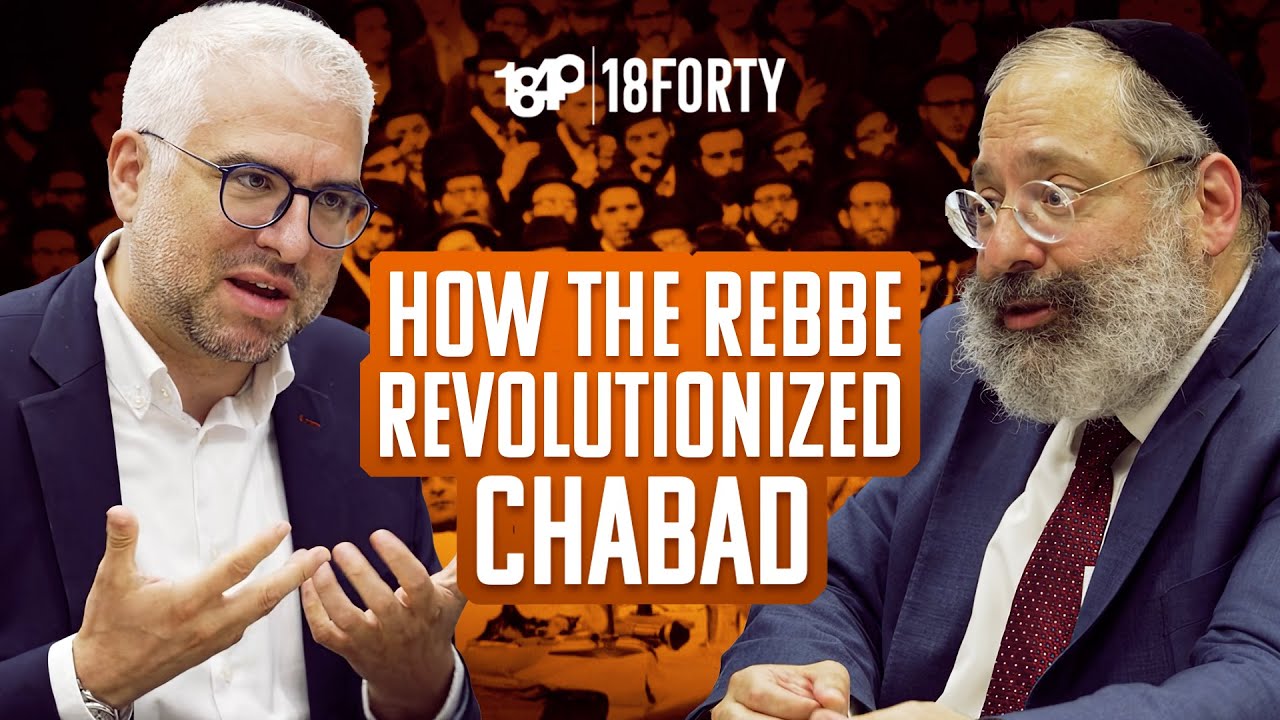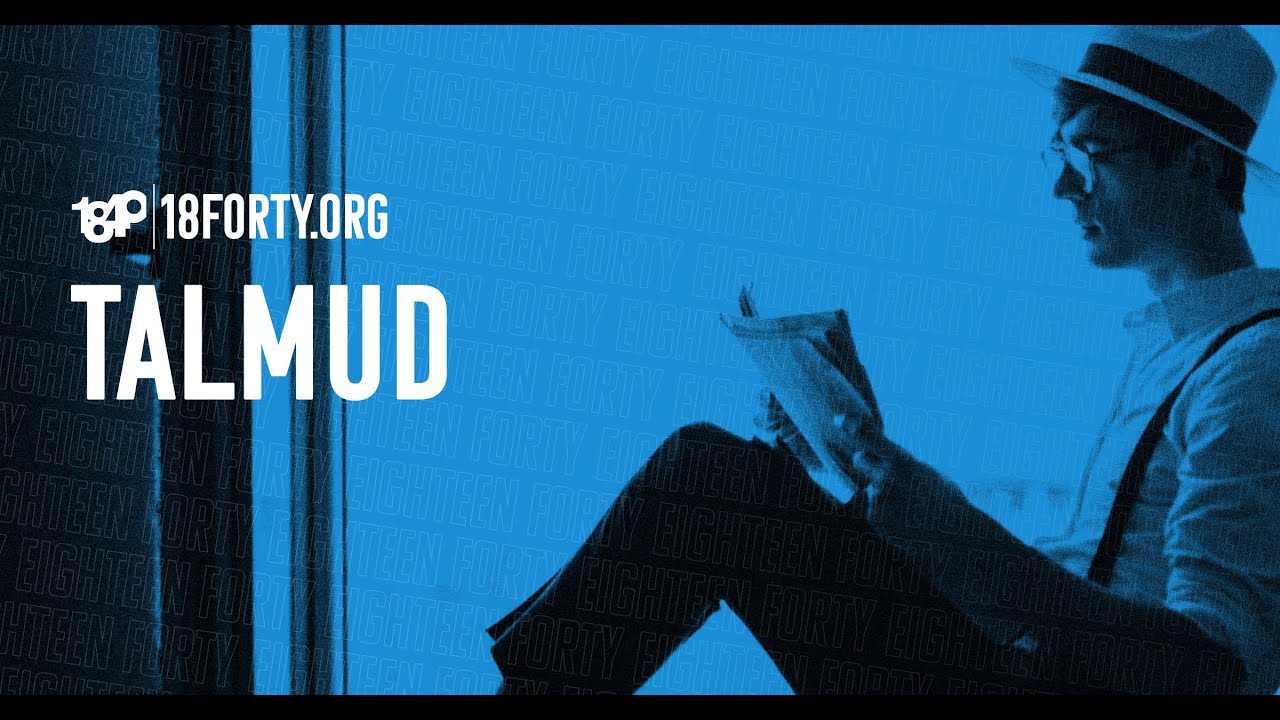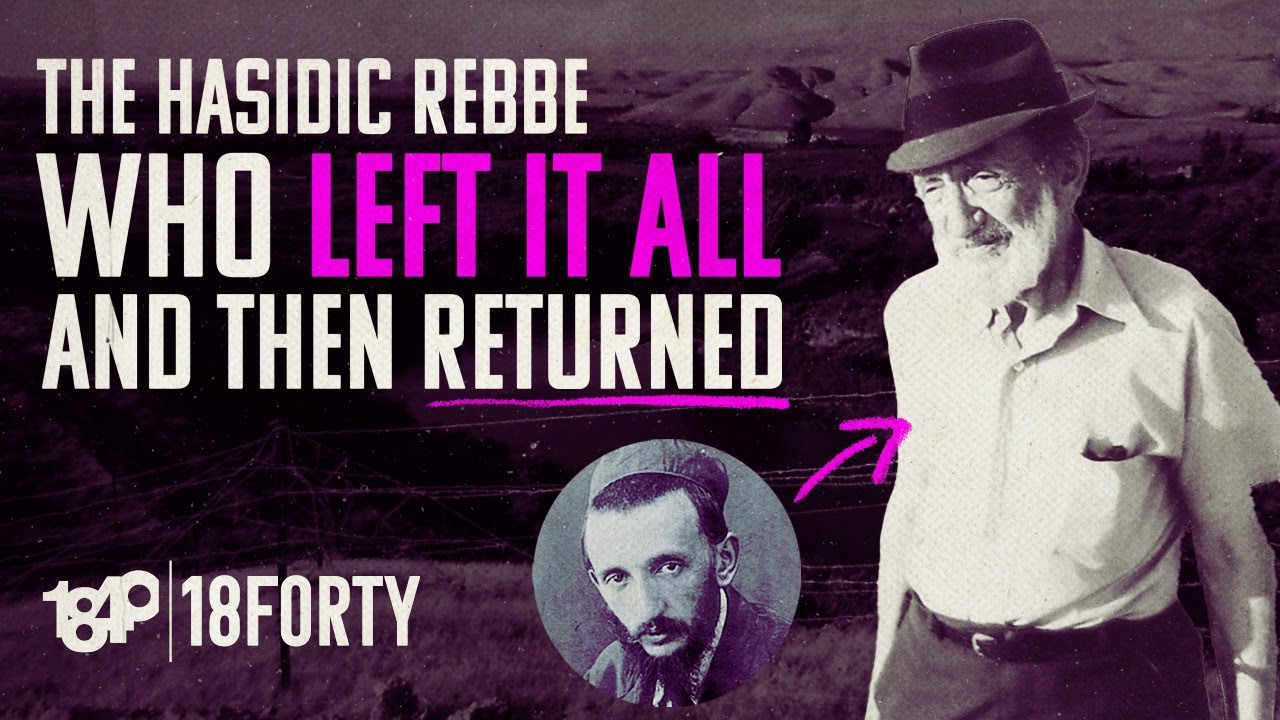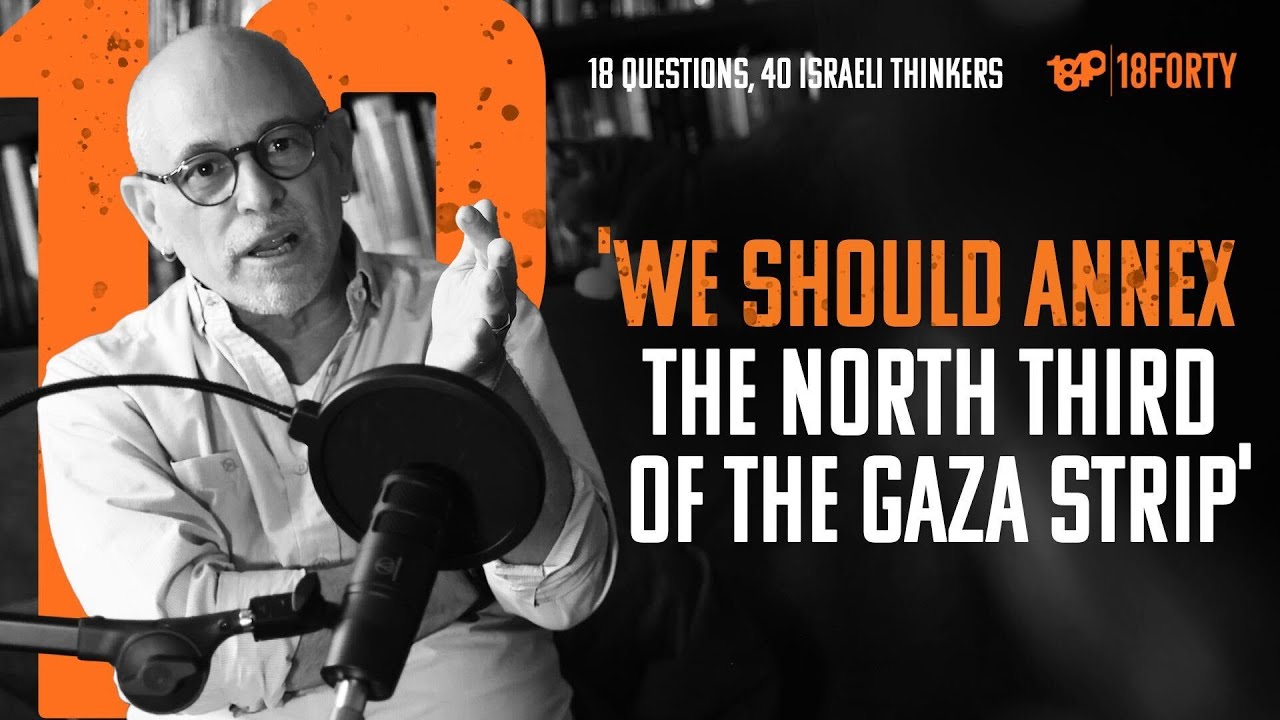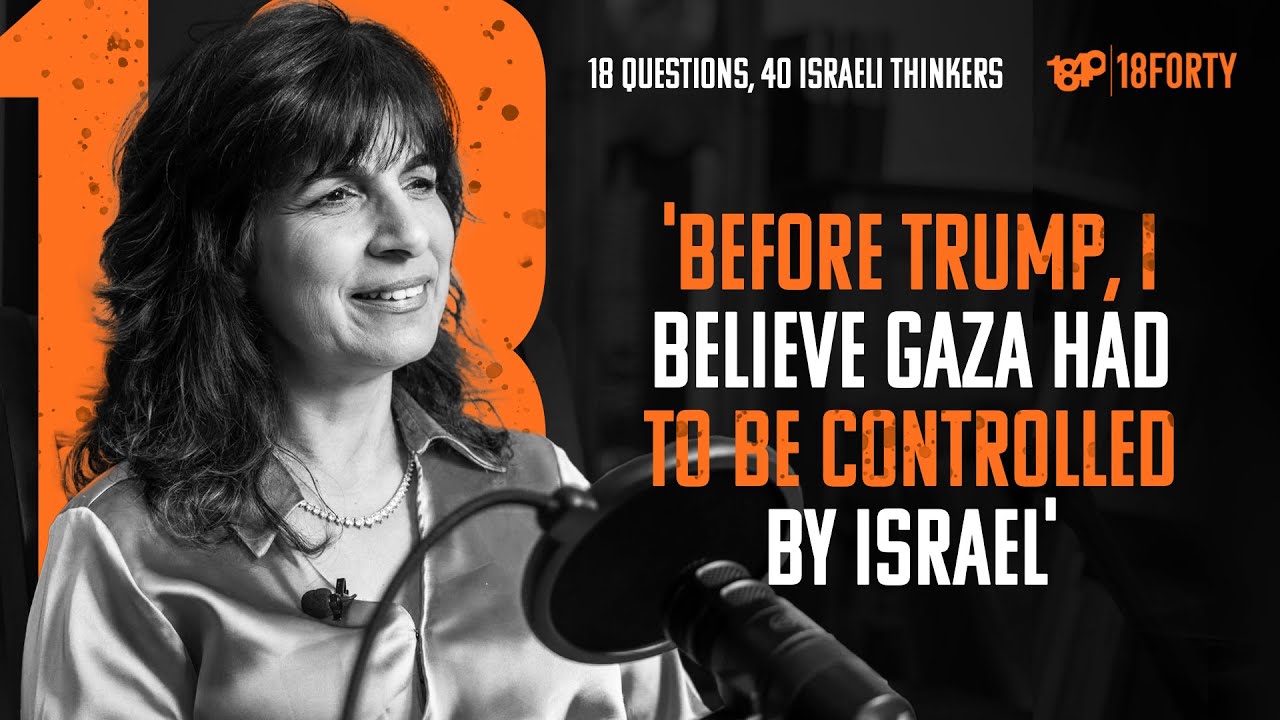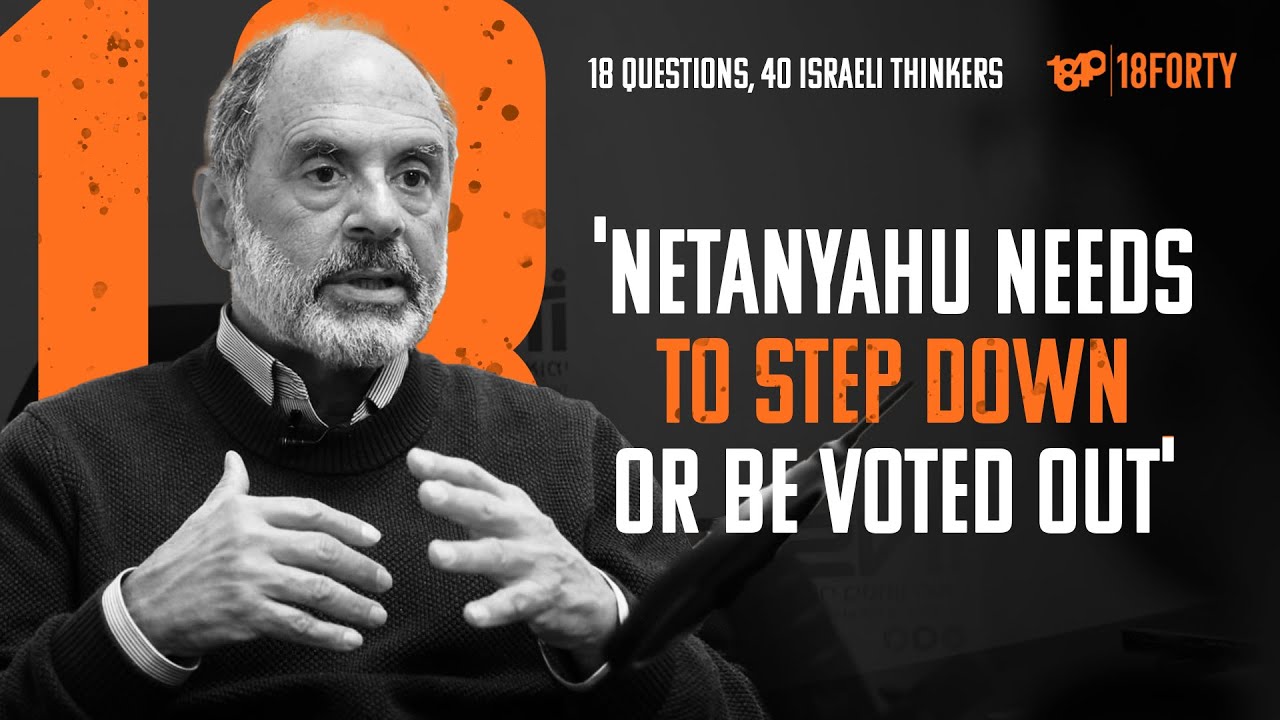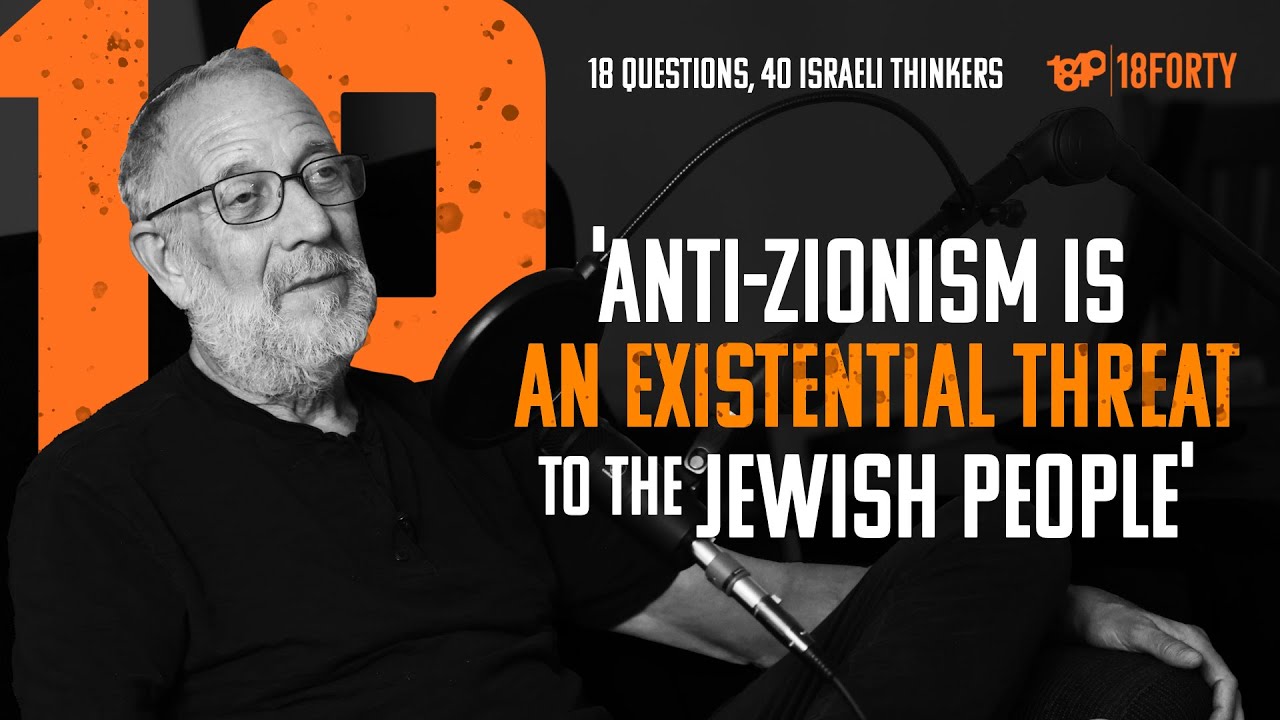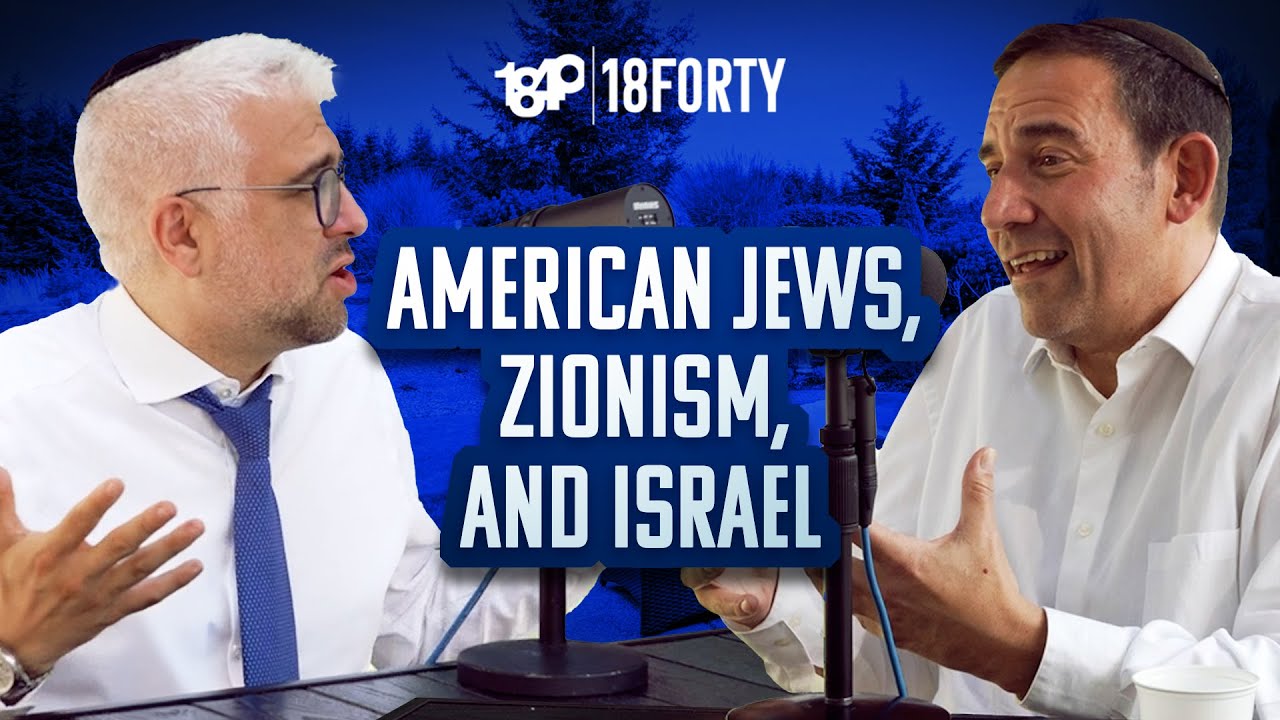This essay was originally published in Hebrew in Karov Elekha: Avodat Hashem b’Ruach Hasidit 282, Menachem Av, 1999. A glossary of Hebrew terms in the original article can be found below. It is translated by Shulamis Hes.
Rabbi Dov Singer outlines foundational educational principles which relate to the “White Fire.” Excerpt from a talk at the Conference on Education from a Hasidic Perspective, 1998.
In general, educators invest time and energy on two discussions: the first is the subject of boundaries, i.e. what are the boundaries in this area or that area? Since this is a very broad subject, I usually advise anyone who is involved in the education field to [first] examine himself/herself.
One may talk about boundaries, but not too much. The Border Guard is a very important force, but the army is not built solely upon the Border Guard. It has larger and more important units.
When discussing borders, you need to maintain proportions, such as the relation between the contents of the vessel and its wall. The wall that holds the contents is the border, but it is not the whole pot. If we overly talk about and are excessively preoccupied with boundaries, it is a sign that we have forgotten to deal with the thing itself, the inner content.
When discussing the second subject, which is the content itself, you often end up discussing which are the right educational subjects to teach. What specific Torah subjects should be taught and how much time should be spent on them? What is the goal: proficiency or in-depth coverage? How much Tanach should be taught? How much Gemara? Which methodology should be used in teaching Gemara? Should subjects other than Torah be taught? This preoccupation is with the visible/tangible content of teaching—the letters of the Torah. But beyond these two standard subjects of discussion, there is another that merits raising, that of the White Fire.
Our sages noted that the Torah was given in the form of “black fire on top of white fire.” And in the laws of writing Torah, tefillin, and mezuzah scrolls, there are details regarding the form of the letters and the words of the Torah that are written as though in black fire. Moreover, there are laws regarding the scroll, the white parchment on which the Torah is written. This parchment, or white fire in the background, occurs before and between the letters.
We should study the informal interactions [in school], since that is primarily what is happening. What happens among the students themselves—what kind of discourse they have; what happens between the rabbis and the students; and also what happens among the rabbis themselves. This is essentially the parchment, though it is hard to define exactly. This “between the lines” is the secret of the entire world.
The Holy One, Blessed be He, Is Intrigued
At present we commemorate the memory of the Temple, and there is an interesting phenomenon. Temple area researchers have reconstructed the menorah, the trumpets, and the priestly garments, but there remains one thing that is difficult to reconstruct: the cherubs. This is not only because the originals were carved out of one piece of gold, but also because there was a secret within the cherubs. More precisely, the secret was not in the cherubs themselves, but in what was between them. The relationship between them reflected the relationship between HaKadosh Baruch Hu, the Holy One, Blessed be He, and the Jewish people. God would speak [to Moshe] precisely from “between the two cherubs.”
There is an apparent disconnection between the first and second part of the following verse: “Then they that feared Hashem were speaking with one another, and Hashem listened, and heard” (Malachi 3:16). Seemingly, the verse should have been written as, “Then they that feared Hashem spoke one with one another, and they listened!” For it is a high state to listen to one another. However, the verse continues with “And Hashem listened and heard.” HaKadosh Baruch Hu is listening, and this means that there is an extraordinary form of prayer here, which does not entail turning to God in the usual sense. Rather, something is transpiring here between two God-fearing people, and it is succeeding. Hashem, as it were, is intrigued and comes to hear what is happening between the person and his fellow.
Another notable word in the verse is nidberu—“speaking.” It is not written dibru, “they spoke.” The meaning of the word nidberu—speaking is the same as that which is written regarding between the cherubs: “And he [Moses] heard the Voice speaking to him from above the Holy Ark cover.” Nidberu is the nifal tense, indicating a kind of concealment or invisibility. For example, if I prepared a lesson and wrote out what to say, then if I can finish my whole lesson uninterrupted, I will have said everything that I had intended. But an alternate situation is that through the audience becoming animated, someone will ask a good question that will give rise to a new speech that I had not prepared. Unexpectedly, marvelous words emerge and spring forth on their own, and this happens as a result of the interaction that occurs between me and the audience.
When two friends meet on this level of “one to another,” there is a unique nidberu communication which leads to “Hashem listens and hears.”
This interpretation illuminates the words of the Mishnah in Ethics of the Fathers, “Two who sit together and there is [shared] between them words of Torah.” The main emphasis of this mishnah is “there is between them.” There is such a thing called “between them,” as in between the two cherubs; there is a space shared between them. And as with a husband and wife, if they merit, then the Shekhinah, Holy Presence, rests between them. There is a space created between them, that we refer to as the parchment [the white spaces between the letters of the Torah].
This is an aspect of education that is very hard to visualize because when the teacher is in the classroom, he focuses on what he is talking about. But there is also the element of the discourse in class among the students, and you have to pay attention to that—how they talk and what they talk about. The educational experience between the students is definitely tied to the personal example set by the behavior and discourse of the teaching staff at any given moment.
Therefore, the discourse of the students among themselves, between us and our students, and among us, affects what is happening as a whole within the institution. If we recognize this, then we allow the Shekhinah to reside in this place. For the Shekhinah is always seeking the “between,” the place that seemingly doesn’t exist, and that’s where It resides.
There is a concept of a substitute teacher—a teacher who fills a spot, but a better definition might be the teacher who makes room. Before creating the world, HaKadosh Baruch Hu reduced His presence to allow reality to exist. Likewise, a teacher who cleaves to the attributes of God, granted that he does want to influence (“More than the calf wants to suckle, the cow wants to nurse”), also knows the secret of restricted presence. When a rabbi sits with the students, it is desirable that his presence not fill the space, but rather allow [the students space in which] to grow.
The Heart Wants To Break
In Rabbi Kook’s Igeret HaHinukh treatise on education, he says that if the real thing is to be an adult who provides, then, truly, the child is not important. But if we understand that the babble which emanates from the mouths of yeshiva children is the real thing, then the relationship flips: The children are deemed the crown of creation. And if so, why are there adults in the world? Because someone has to nourish these children and teach them Torah.
My job as an adult is not to treat a child as a little boy whom I will help grow into a big boy. Because from his perspective, his life comprises his current age; that’s the real thing. What’s needed first and foremost is a good “let’s talk to each other” conversation. I value you where you are, your place. I don’t want to take you anywhere. I want to get to know you, meet you, know your soul.
In a certain sense, even the encounter of one adult with another adult should start with “I want to meet your infinite soul, as it is.” And surely, through a correct encounter with a young person, if I could just stop thinking “where am I leading him?” he will grow and develop well. The encounter is, in essence, the encounter of one person with his fellow. There is, first of all, our presence; I and Thou are present.
Sometimes a student enters a room and stands there in silence for three or four minutes, and suddenly he says “thank you” and leaves. How do you explain such an encounter?
Rabbi Nachman of Breslav offers a very beautiful explanation for this. To paraphrase: A tzaddik, a righteous person, wraps his heart around his hassid, his follower. Since the heart of the righteous is empty, because “there is a void within,” he is without pressure. So the tzaddik is the vacuum into which the soul of the hassid empties. It enters the “heart which is a void.” This results in a joining of hearts.
Man’s heart wants to break open—he wants to pour out his heart, but he is naturally self-protective. It is hard for him to open his heart because then, Heaven forbid, his heart could get hurt. He must protect himself, so he puts up a barrier [lit., arlat ha-lev] to protect his heart. If the student feels surrounded with protection, then it is as though his heart, now secure, can safely break into the larger heart of the tzaddik teacher. Thus, a meaningful discourse can emerge without a single word, solely from the “between them.”
Trust my words
In our yeshiva there is a group circle activity called Beli ts. (בלי״ץ), which is an acronym that stands for “without cynicism.” As soon as a sterile [untainted] circle is formed, when we sit with the students and learn to talk to each other, then there is a different, more positive language. The conversation must be personal and direct. I open with something from within myself, since “words that stem from the heart eventually enter the heart.” For example: “It bothers me a lot that students don’t respect Lights Out, because the light bothers me and prevents me from going to sleep on time.” I will talk about this in front of the class. But I make sure that whoever hears my words really receives them.
It requires genuine transparency. You ask the person in front of you, “What did you hear?” He summarizes your point. If he does this correctly, you praise him. And if not, you correct him. After that, someone next to him also reviews it. And little by little an inner circle is formed.
Since it is the Nine Days, I will mention something about the evacuation from Gush Katif. I remember a conversation in class where there were three boys from Gush Katif. It was before the evacuation, and the classmates who did not grow up in the area were concerned about their well-being. The Gush Katif boys had the mindset that the evacuation would not happen. “There is nothing to worry about; nothing will happen.” But the others in the class were very worried that if they didn’t bring up the subject and express their concern, it would lead them to bad places. “OK, you’re right that it won’t happen, but if in the end it does, are you prepared? How do you feel about it?”
A very emotional conversation ensued. At the end, one turned to them and said, “Since I love you and care about you so much, I want to know how you feel, regardless. What are your emotions regarding this thing? It will be OK. It will be fine. But let’s talk practical: Are you worried? Do you dream about it at night? Does it disturb you? How do you want me to relate to you regarding this?”
Eventually a means [of communication] is created, which we know is neutral and respectful, so that there is no way to reject my words. I gain trust through my words; they are reaching their intended target. Beli ts. [Without Cynicism] is a clinic, though I suggest instead of calling it a clinic, call it a keli naki—“clean vessel.” This is a space that allows me to talk and open up to you and not just argue about what I think.
In order for a student to [fully] express what is in his heart, I have to help him remove the obstruction on his heart. Removing this barrier cannot be by force; otherwise, it creates defensiveness.
הם־אר-איי / MRI
The Baal Shem Tov taught us, “a person sees all lesions but his own.” And it has been stated that “whoever denigrates others, possesses the very blemish he denigrates” [Mishnah Torah, H. Issurei Biah 19].
The Rambam ruled this as a halacha, Jewish law, and indeed it has a practical application. This is not a platitude suggestion. If we believe this completely, it means that when I see a problem in the classroom, and the teacher comes to consult with me about the issue, I tell him, “Excellent. You described everything to me, and now tell me how does this [issue] touch you, however subtly?”
In one of my staff meetings it turned out that one of the students lied. And the instructor said, “There is no such thing in our yeshiva. Here one doesn’t lie! If he is lying, he should leave the yeshiva immediately.”
I told him, “You are right, but before we throw him out of the yeshiva, I just want to ask you, why does this upset you so much? He may have lied, and he should leave the yeshiva, but why are you so angry?”
It took him a long time, until eventually he said, “What do you mean? You know how much I fight with myself to keep away from falsehood? The huge extent to which I go not to lie? And yet he lies so easily?!”
Thus, this student reflects back the teacher’s own issue with this failing. I cannot crash into someone’s car if he’s driving on Route 6 and I’m driving on Route 4. That is, if I’m confronting someone about a certain behavior, that’s a sign that we’re traveling on the same axis. And that’s a sign that from my perspective there’s work to do.
A certain head of a yeshiva approached me and said, “It is very important to me that you come and talk to our students about prayer.” I told him that I did not think it would help if I spoke to the students. It might make one nice session at school, but if you want to accomplish something of substance, it’s a long and intense process that also involves work on the part of the staff.
Similarly with couples. Today it is clear to many men that if your wife and children irritate you, it’s time for you to turn the mirror around. We give every teacher a small MRI device. What is an MRI?
M = hem, they. RI = are I. In other words, “hem zeh ani“—they are I. You look at them and ultimately you see yourself.
A story is told about a Chabad admor, master, who would travel from city to city. People would pour out their hearts to him about their sins and he would give them a way to ameliorate their sins. Once, a certain Jew came to pour out his heart to him, and for three days and nights the Admor stopped receiving people. He did not move from his place. He remained fasting until finally he called the hassid and gave him a way to ameliorate his sin.
His hassidim asked him: Why did you wait three days? The Admor said that the man told him about an ugly sin and the Rebbe could not find in himself any transgression similar to it. “And then I realized that Hashem is concealing something from me. Because it’s impossible that a Jew would approach me with such a defect if it is not somehow connected to me. Therefore, I fasted and prayed and eventually I remembered having a similar blemish, however subtle. I found a way to reform my failing and only then was I able to offer him a way to reform his.”
A “problem student” (lit., talmid ba’ayati) means a problem for me. My problem. Regarding the ben sorer u-moreh (lit., wayward and defiant child) there is a quip that he is my moreh, my teacher. As we say in slang, he schools me, because he [the student] actually summons me to work. And then a kind of interaction takes place between us. When you move something inside, you also move something elsewhere in someone else.
Take Off Your Shoes
There is a fine Jew, Yisrael Hevroni, who studied anatomy. He was a senior engineer and judo teacher. He authored three important books, one of which is called Perfecting Ability. I, unfortunately, suffered from back problems. I tried all the conventional and unconventional treatments until I reached him. When I had a session with him, he told me right off, “Remove your shoes.” He observed my shoes for 10 minutes, and then said, “I understand.” Then he sat me on a chair and asked me to move the sole of my foot from side to side for an hour. This is how he restored the circulation to my ankle. In the end, his understanding stemmed from observation.
In other words, the body is a complex [of interrelated parts]. It’s possible that because lately I started walking with my kippa on the right side of my head, my head tilts a little to the left, and if the head goes a little to the left, the left shoulder then leans left. It’s like someone who talks on the phone too much or washes dishes while talking without earphones, so he scrunches his shoulder in a way that will hurt him later on.
When Yisrael Hevroni looked at the shoes, he realized how I walk, and through the way I walk he realized that the problem was actually not in the back, but in the leg. He then began treating the right foot and this realigned the whole complex which is called the body.
This is true for the human body as one whole, but today everyone understands that there is [also] a connection between soul and body. It could be that the problem with the back was not only related to the fact that I walked with the kippa on a certain side, but also that I was frustrated with what was happening at school. It could be that I was frustrated with the students, and so in parallel my mind was also troubled, which affected my back.
When ants work inside the nest, it is not that the queen directs them via a message. So too, our body has some kind of overall understanding of how it works, each organ with its role; and likewise in the classroom, in the yeshiva, there is a kind of behavior of the whole complex, a social behavior. Some call it the laws of groups.
There are studies on this topic in the field of sociology, but a spiritual observation puts it on a higher realm: In reality, the complex, the institution, the class, has some kind of overall behavior, and we can influence it. A student in class is like the pain in my back. He comes to teach me something. He is just a symptom; he is not the problem.
If I [attempt to] handle him in the usual way by initiating an “open fire”: invite the guidance counselor, his parents, etc., it generally will not help. But if I really try to learn what’s going on, it’s possible that I will discover that because he is the weak link, he absorbs some kind of problem, and that he is merely its reflection, its echo. And through genuine, thorough examination we might understand it.
Sometimes couples come to me for advice. I always try to prepare three chairs for them, because there is no such thing as merely two people; there is always “between them.” It is very interesting where they put the third chair. I prepare the third chair in honor of the Shekhinah who is present. There are those who put the chair on the side, others put the chair between them, and some put it next to the wife.
When we get accustomed to it, we begin to acknowledge our existence, our presence. We do not exist in a garage where technical problems are solved. There are actually souls here that are evolving from the bottom up.
Therefore, what you see on the surface [of a person] is the result, the projection, which is a glimpse of Malchut, Royalty [Kabbalastic sphere referring to the space in which we exist]. But Malchut cries out for union, for connection [to others]. We need to find where the Shefa, Divine Abundance, [that enables this connection] got stuck in this whole system.
There is a profound invitation here to understand where it got stuck. Often it happens that as soon as you make a change within yourself, it’s possible that you start to pray, and then in a real way this affects the other person.
How I Love My Cell Phone
There is a well-known story that several yeshiva instructors came to a great sage to discuss a student whom they intended to throw out of yeshiva. They were telling him all about the student, when suddenly the rabbi asked them, “What is his name? What is his mother’s name?” The teachers said that they didn’t know. The sage responded, “If you haven’t prayed for him, go home and do the work.”
The question is: Do you learn the names of all your students along with the names of their mothers, in order to pray for them? Among our staff, we frequently pray for our peers.
In this generation there is the problem of [excessive use of] cell phones (although even in previous generations when there were no cell phones, there was no lack of other problems in education). It was very interesting to talk among the staff, even before approaching the students with all kinds of rules and prohibitions, to first examine our own cell phone use during several work hours. The staff discussed their attitude towards cell phones. They didn’t talk about particularly bad things (God forbid), but about convenience, for example—how much I love my phone, and how much I hate it. Each one said why he loved his phone and how attached he is to it for very many reasons. Studies have shown that it has now virtually become a part of the human body.
Now that we had this fascinating conversation, when we talked afterwards about the students’ cell phone use—after all, they were part of the topic, something happened. The tone of the conversation changed completely. Now we weren’t coming from a condescending place, because we knew we had a problem too. The understanding that there is one whole here, not only in the details but in the “in between,” in the conversation between us and them and in the conversation between us and ourselves, helped us to hone the conversation and make it more precise. It’s like sharpening the ax very well. It’s like preparing for prayer; after you’re sharpened and honed, even a light stroke can cut accurately. With one precise utterance, you can save a lot of extraneous words and gestures and place the students in a ray of light.
Rabbi Dov Singer is a trailblazing Israeli educator, spiritual thinker, and thinker. Rav Dov is the Rosh Yeshiva of Yeshivat Mekor Chaim, the founder of the Beit Midrash L’Hitchadshut, and an international lecturer. He is the author of the Hebrew bestseller on prayer, Tikon Teffilati, which is available in English asPrepare My Prayer. He is well known in Israel for his workshops, prayer events, and teacher trainings, as well as a spiritual leader of many.
—
Glossary
|
ba’ayati – problematic [student]: |
ba’ayah sheli – my problem |
|
ben sorer u-moreh – wayward and defiant child: |
moreh sheli – my teacher |
|
moreh memale makom – substitute; lit., teacher who fills a spot: |
teacher who creates space |
|
Beli ts. (בלי״ץ): |
beli tsiniyut – without cynicism |
|
klinika – clinic: |
keli naki – clean vessel/tool |
